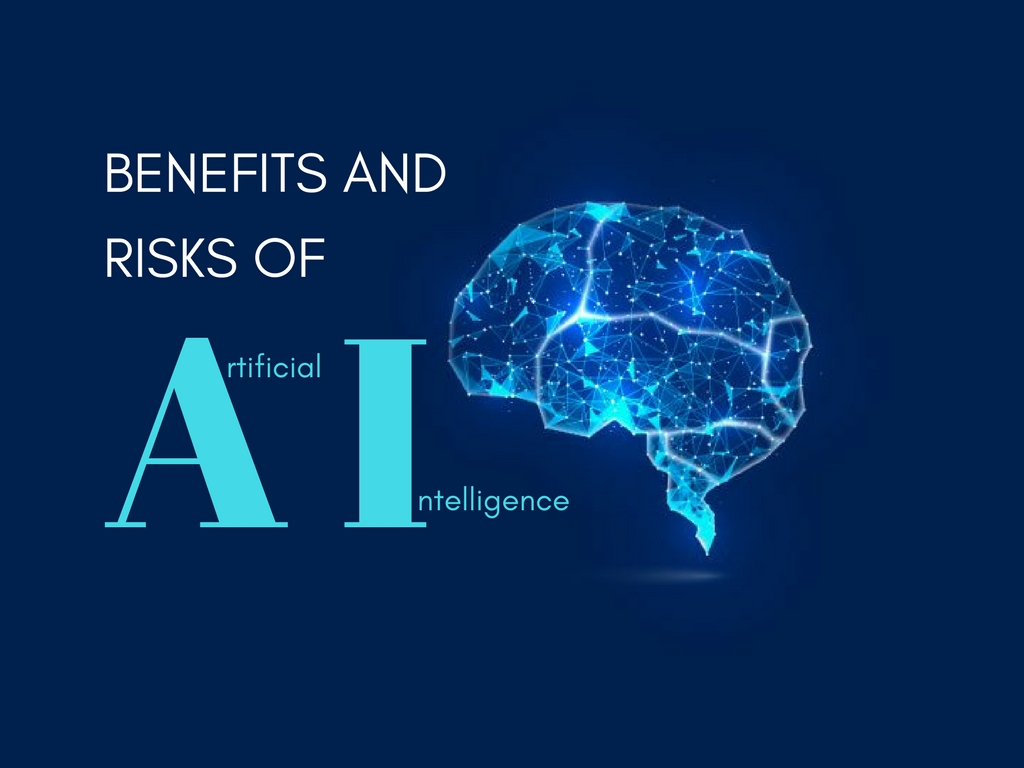Hello!
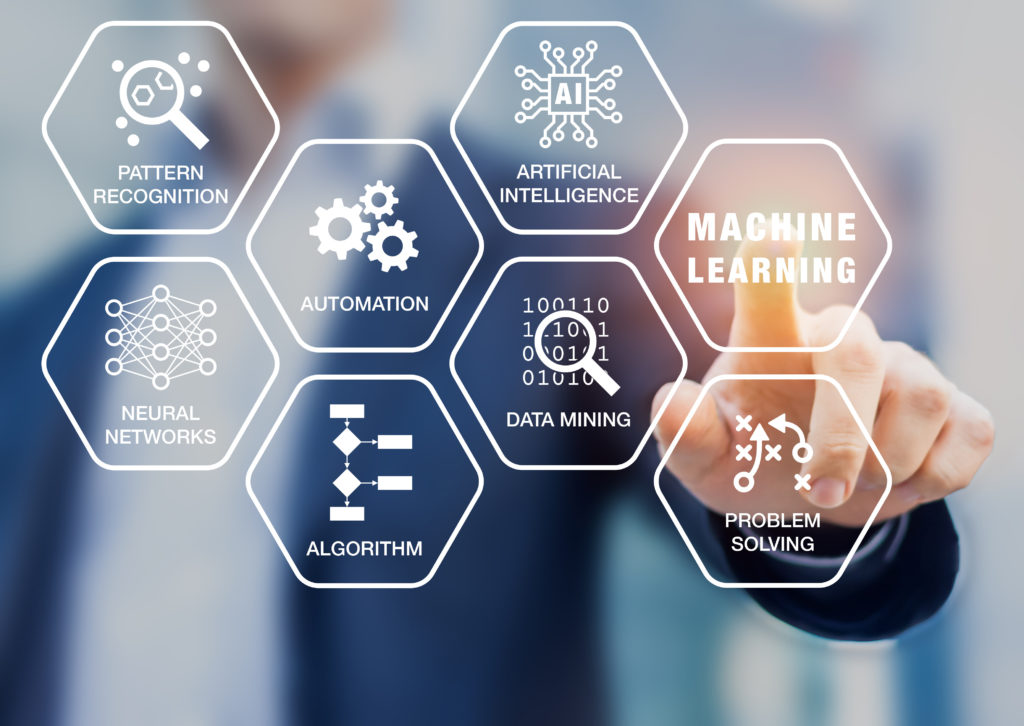 Can humans do the work better than machines? Well, most people would have mixed feelings about this one. Despite that, it’s a fact that today, artificial intelligence (AI) is a successfully widely utilized technology in many fields.
Can humans do the work better than machines? Well, most people would have mixed feelings about this one. Despite that, it’s a fact that today, artificial intelligence (AI) is a successfully widely utilized technology in many fields.
Keep on reading to learn more about the tremendous potential of this technology and find out if it brings any disadvantages to today’s digital landscape.
What is Artificial Intelligence?
John McCarthy, an American computer scientist, coined the term “Artificial Intelligence” in the 1950s. Together with other scientists, he is called one of the founding fathers of AI. The revolutionary proposal described machines and other features of intelligence as features that can stimulate any aspect of learning.
Today, we view AI as the unique ability for machines to learn and think automatically and without the help of humans. In other words, if a program does something that would typically rely on human intelligence, it can be considered AI. With a wide range of functions, AI has already become a huge part of our daily lives.
Different types of AI: Weak Artificial Intelligence
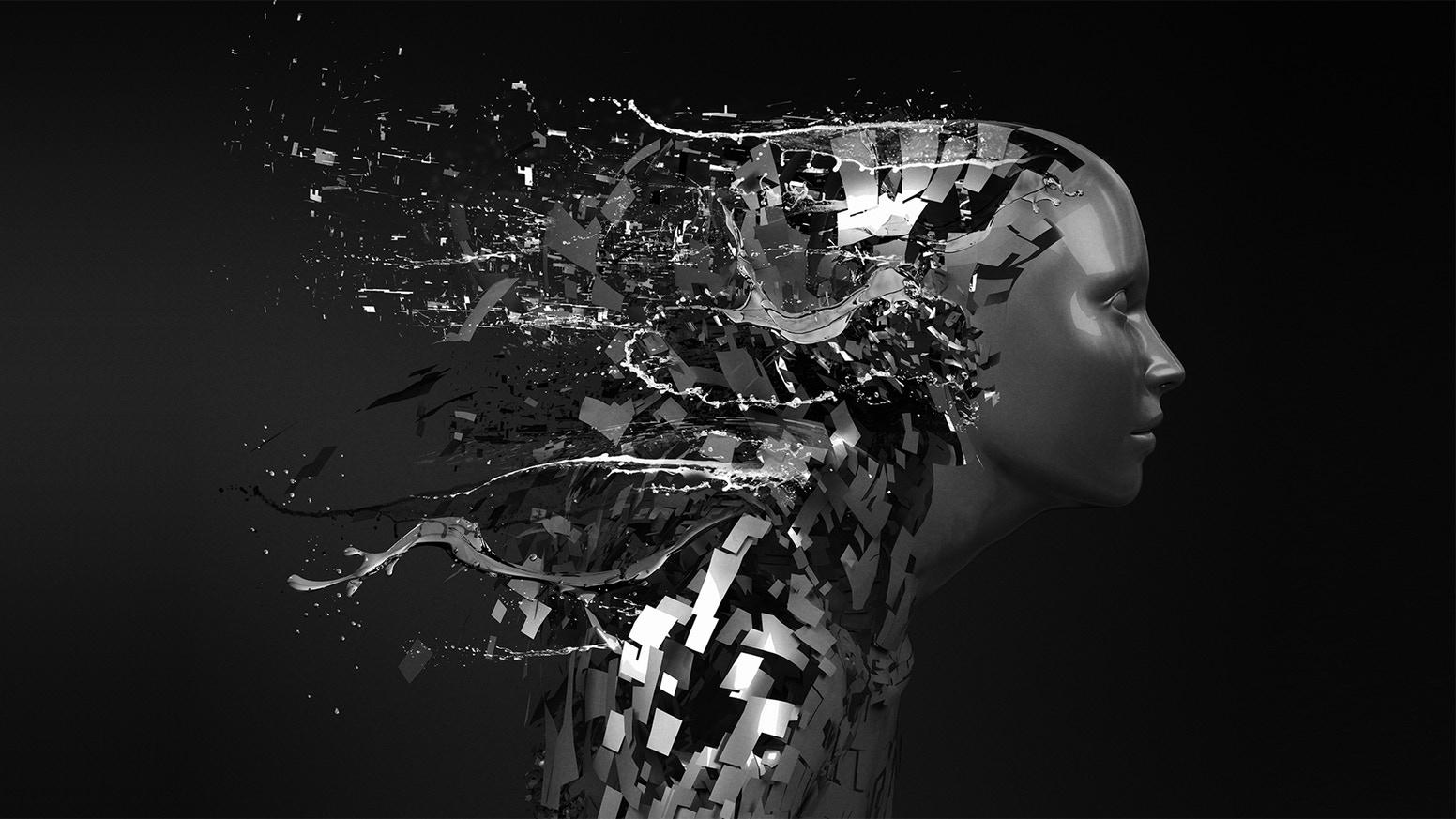 The constant debate around AI seems to be ongoing. Some argue that machines simply can’t replace humans, claiming that there aren’t that many benefits of AI, to begin with. Others state that the advantages of AI are crystal clear and that humanity makes more progress working along with artificial intelligence.
The constant debate around AI seems to be ongoing. Some argue that machines simply can’t replace humans, claiming that there aren’t that many benefits of AI, to begin with. Others state that the advantages of AI are crystal clear and that humanity makes more progress working along with artificial intelligence.
Over the years, AI progressed, and now we have different types of artificial intelligence. For example, we’re surrounded by examples of weak artificial intelligence, which is also called narrow AI. The name was given for a reason, as this type of AI focuses on a limited, aka narrow area. To put it simply, weak AI works in parallel with human cognition.
That means special programs can now carry out complicated tasks more efficiently without human interference. Some popular examples of narrow AI would be self-driven cars. Under specific traffic conditions, the car can drive you from home to work, for example. The same goes for digital assistants, for instance, Siri, as they are designed to make your life much easier.
The Biggest Benefit of All – Efficiency
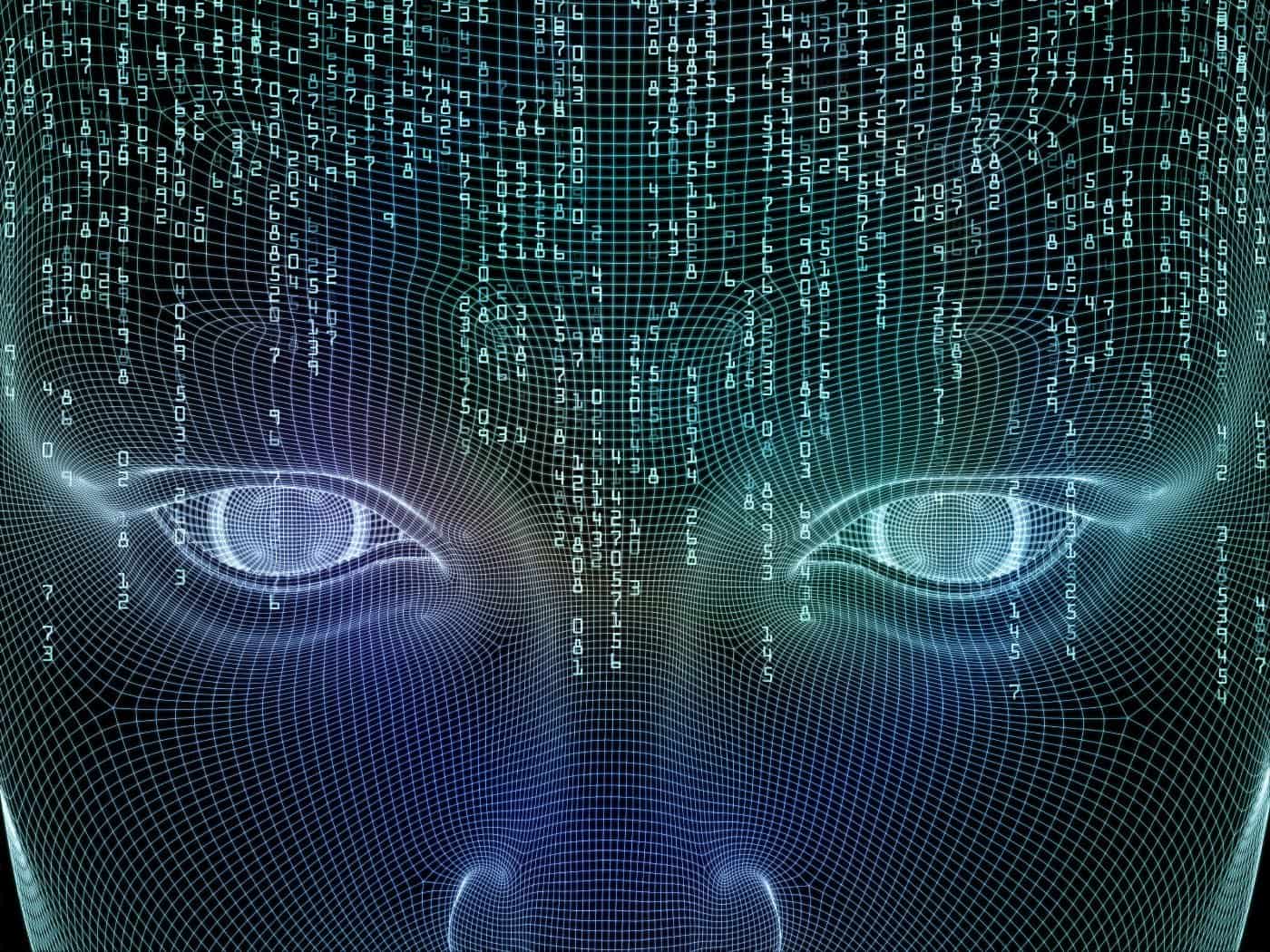 It’s no secret that AI-powered services are great when it comes to repetitive tasks. Despite that, humans can’t compete with artificial intelligence regarding efficiency. An average employee can work approximately 5 hours a day, excluding the breaks.
It’s no secret that AI-powered services are great when it comes to repetitive tasks. Despite that, humans can’t compete with artificial intelligence regarding efficiency. An average employee can work approximately 5 hours a day, excluding the breaks.
Machines and AI-powered tools, on the other hand, are at our service 24/7. Yes, it’s exactly as it sounds. By utilizing AI, we can achieve accurate results quicker without needing to take breaks.
For example, help centers utilize support bots that handle many queries effectively using AI; this way, there’s no need for actual employees to stay late or work night shifts. On the business side of things, this is a cost-effective method to maximize productivity.
Lack of Sustainability and High-Cost Creation
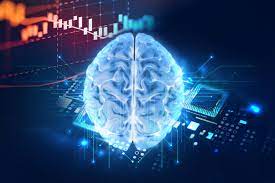 Despite the criticism of greenwashing, many believe that AI-powered machines aren’t sustainable at all. They use specific computers and chips made from rare metals, for example, Selenium. It’s known that high Selenium intakes cause severe issues, such as kidney failure, trouble with breathing, or even heart failure. Not to mention the batteries are used to run the AI-powered machines. They’re made out of Lithium, which is an element taken out of the earth’s crust.
Despite the criticism of greenwashing, many believe that AI-powered machines aren’t sustainable at all. They use specific computers and chips made from rare metals, for example, Selenium. It’s known that high Selenium intakes cause severe issues, such as kidney failure, trouble with breathing, or even heart failure. Not to mention the batteries are used to run the AI-powered machines. They’re made out of Lithium, which is an element taken out of the earth’s crust.
Naturally, such factors are what damage our mother earth and more unsustainable industrial practices. Besides, artificial intelligence technology evolves constantly, which means that the software requires to be updated to meet the latest trends. Naturally, machines also need to be fixed and monitored, which makes them quite expensive to maintain.
Improved Processes and Smoother Operations
People aren’t perfect. The demand not to make any mistakes is only good on paper. In reality, this task is hardly achievable, especially when it comes to researching large amounts of data. The great thing about AI is that we don’t need to be perfect, as machines do the work for us. They gather, scan, and process information in real-time, making it an easy, error-free process.
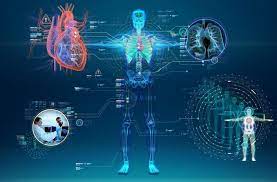 Having that in mind, automated processes smooth out things for internal corporate structures, sometimes fully automating procedures without the need to hire human professionals. That said, let’s take digital ID verification as an example. Many financial institutions are required by law to review their clients’ identities.
Having that in mind, automated processes smooth out things for internal corporate structures, sometimes fully automating procedures without the need to hire human professionals. That said, let’s take digital ID verification as an example. Many financial institutions are required by law to review their clients’ identities.
In a traditional scenario, customers had to visit physical branches to have their identity reviewed by a specialist there. Nowadays, the process is as easy as one-two-three. You can upload a photo of your ID document along with a selfie via an online bank, then AI-powered algorithms review your data in a matter of minutes. The procedure takes a few steps and is fully remote. All you need is a smartphone device.
Also read:
- Top 7 Steps to Start Your Own Credit Repair Business in 2025
- SIP Trunking Is A Great Reason For Having A VOIP Phone System
- Top 5 Apps to Digitally Transform Your Business Processes
To Conclude Things
No matter what, even the greatest inventions have at least a few slight disadvantages. The same goes for artificial intelligence. This revolutionary technology changed our habits and way of thinking for the better, and probably, we won’t be able to live without it. Taking that in mind, that doesn’t mean that there is no darker part of the story. In a way, maintaining complex AI structures can be expensive. As a business, you need to calculate the potential risks and choose technological solutions based on what suits you best.
Thank you!
Join us on social media!
See you!

